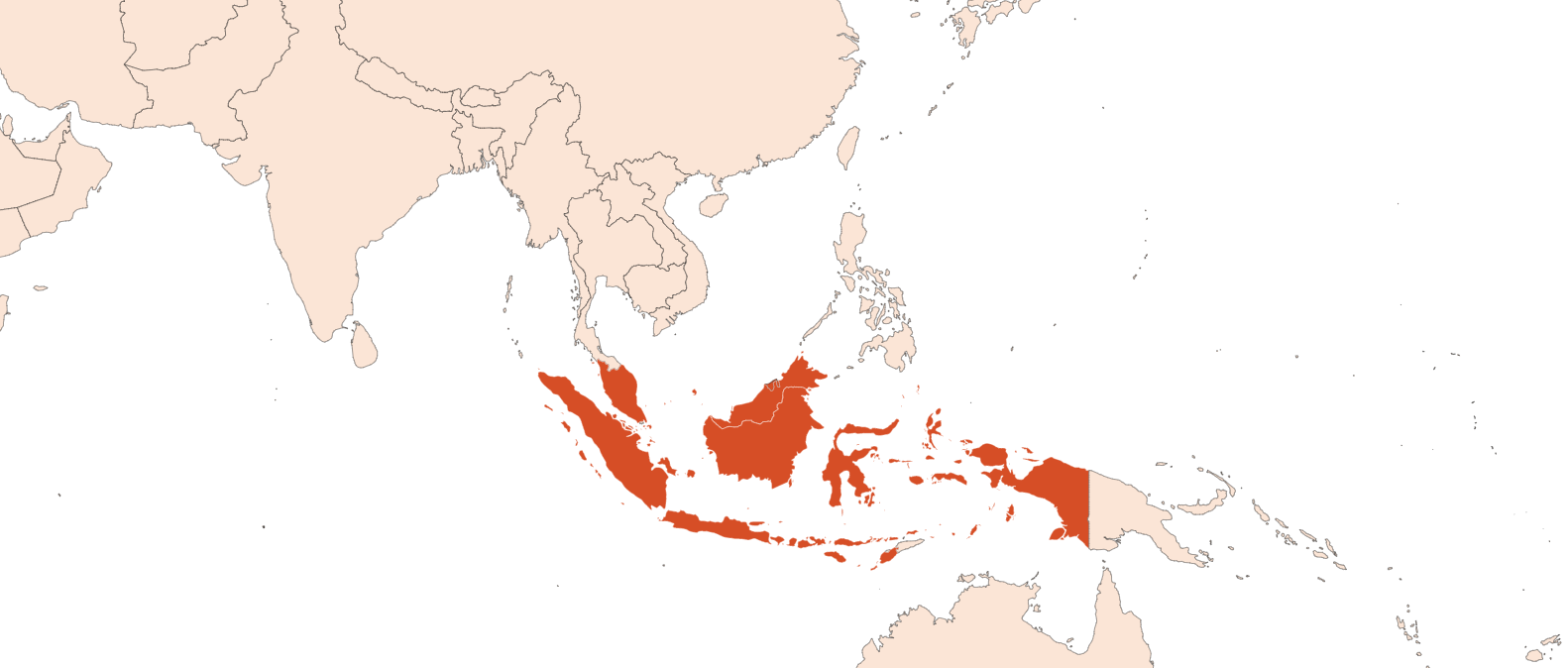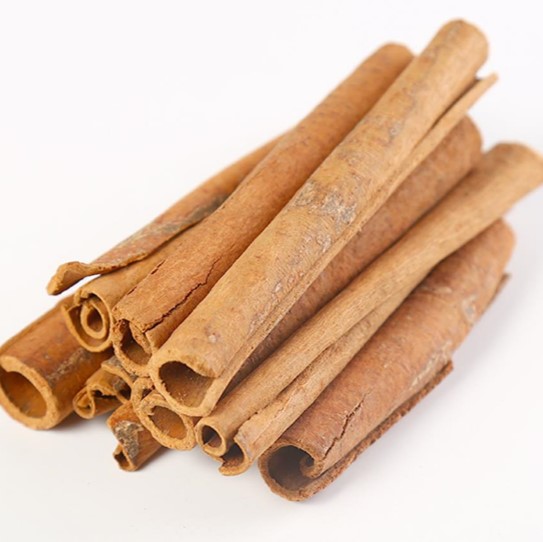| Company | Ingredient Name | ID | Comments | Naturality | Certifications | Purity | Latin name | Treated part | Geographical origin | MOQ |
|---|---|---|---|---|---|---|---|---|---|---|
|
|
Korintje Cassia Bark Oil - CO2 | CV-001 |
Visit website
|
Natural |



|
100 | Cinnamomum burmannii | Bark | Indonesia | 25 kgs |
General Presentation
-
CAS N° : 84961-46-6
-
EINECS number : 284-635-0
-
FEMA number : 2257
-
Appearance : Pale to yellow liquid
-
Density : 1,000 - 1,120 @25°C
-
Volatility : Heart
-
Price Range : Donnée indisponible.
Physico-chemical properties
-
Optical rotation : Donnée indisponible
-
Vapor pressure : Donnée indisponible
-
Refractive Index @20°C : Donnée indisponible
-
Acid Value :
-
Flash Point :
Uses
Uses in perfumery :
Less used and less known than the Ceylon Cinnamon EO and the Cassia EO, the Korintje SFE has a use relatively close to the two mentioned earlier. However, note the absence of Eugenol in this variety as well as its price between Ceylon and China.
Korintje cassia CO2 is also the sweetest and the most gourmand of the cinnamons smelt by the team ScenTree, we recommend it when the aim is to obtain a gourmand/sweety note instead of a woody or spicy note.
Major Components :
- Cinnamaldehyde (> 85%)
- Alpha-thuyene (8%)

Photo credits: ScenTree SAS
Botanical name :
Cinnamomum burmanni
Botanical profile :
Korintje cassia wood is a tree belonging to the Lauraceae family and to the Cinnamomum genus.
Chemotypes :
There are more than 250 species of cinnamon trees throughout Southeast Asia, China and Australia. The perfume industry generally uses only two of those varieties of cinnamon:
Cinnamomum zeylanicum : Ceylon cinnamon EO. Leaves are extracted.
Cinnamomum cassia : Chinese cinnamon or Cassia EO. Leaves from this tree are not extracted for perfumery.
We can also distinguish Cinnamomum burmanin : Korintje cassia CO2 and Cinnamomum tamala : Indian cinnamon, much less cultivated.
Extraction process :
Extracting from the crushed bark with supercritical fluid. This extraction process, allows to obtain water soluble fractions not reachable during a normal hydrodistillation. Yield < 2% from the bark (although this number is difficult to generalize because age of the tree has an importance on the yield).
Other comments :
Please note that the oil obtained throught hydrodistillation of Ci.urmanni leaves contain a high level of safrol - > 90% (Chen and al. 1997) making this product unusable in perfumery. This point reduces considerably the interest of the buyers for this variety and explains the difference in volume of production to our industry. The variety C.Burmanni remains however very appreciated by the flavourists.
Possible adulteration of the products from the barks of the different varieties of Cinnamomum by adding synthetic Cinnamaldehyde
Stability :
Aldehydes can form diethylacetals in stability tests, without modifying the raw material’s smell
Regulations & IFRA
Allergens :
This ingredient does not contain any allergen.
IFRA 51th :
This ingredient is not restricted for the 51th amendment



